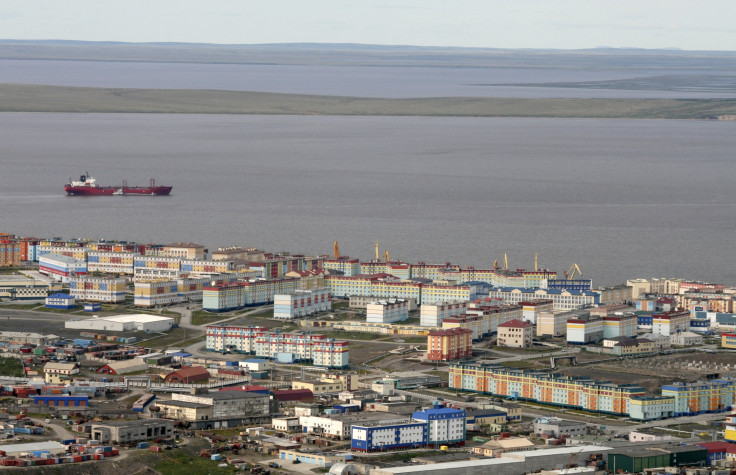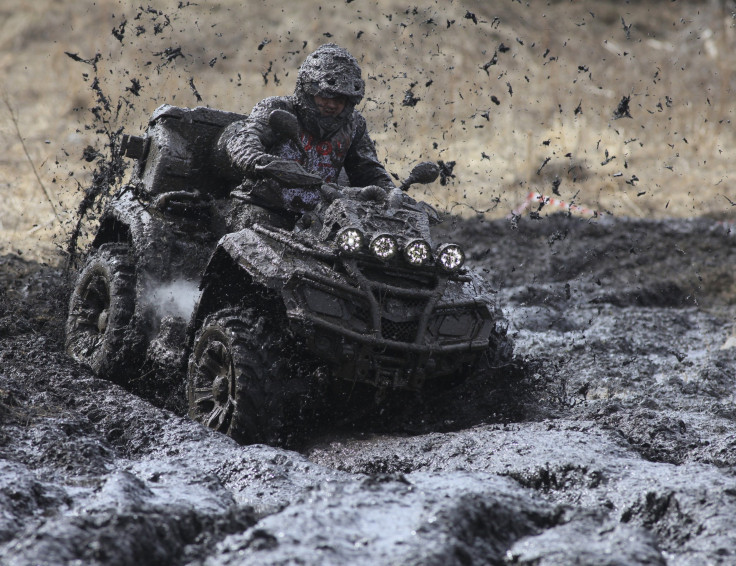Russia Plans To Deploy Coastal Defense Division About 50 Miles From US State Of Alaska

Russia plans to deploy troops as part of a coastal defense division in Chukotka, the country’s far northeastern region, slightly more than 50 miles from Alaska, a U.S. state situated in the northwest extremity of the Americas.
The move, announced by Russian Defense Minister Sergei Shoigu last week, was reportedly taken to form a unified system of coastal defense from the Primorye Territory — located between the Sea of Japan to the east and northeastern China to the west — to the Arctic.
“There are plans to form a coastal defense division in 2018 on the Chukotka operational direction,” Business Insider quoted Shoigu as saying. He added that the troops would be deployed “to ensure control of the closed sea zones of the Kuril Islands and the Bering Strait, cover the routes of Pacific Fleet forces' deployment in the Far Eastern and Northern sea zones, and increase the combat viability of naval strategic nuclear forces.”
While Shoigu didn’t provide further information about the deployment, Russia Beyond The Headlines (RBTH), a Moscow-based news publication, reported Wednesday that the new division would consist of infantry battalions that would patrol the Bering Strait coastline on four- and six-wheeled quad bikes.
The Russian military reportedly wants to use all-terrain wheeled vehicles instead of snowmobiles because the coastal area of the Chukotka peninsula is rocky and usually covered with a thin layer of snow, which makes wheeled vehicles like quad bikes an ideal choice for rapid-response teams to use on rough terrain.
The Russian defense ministry has already taken a policy decision to establish the new battalions while authorities are still discussing the issue of the required number of infantry units and vehicles to be deployed in Chukotka, RBTH reported, citing a source in the military-industrial complex.

The Arctic region is rapidly emerging as the next major frontier for global completion as the melting of ice has opened up new shipping routes between the East and the West, with Russia reportedly seeking to take the lead in militarizing the area.
Speaking at the Center for Strategic and International Studies conference last week, U.S. Gen. Paul J. Selva, vice chairman of the Joint Chiefs of Staff, said that the U.S. has an underwhelming presence in the Arctic region.
“The fact that we don't have the capacity in any material way to have a surface presence in the Arctic is something that we ought to address,” Selva said. “Whether that means we need one or two or four or 12 heavy ice breakers I'll leave that to the experts. But from a strategic perspective, the ability to surveil and understand and manage the change that's happening in the Arctic accrues to our interests and the interests of all of the countries that have features that border the Arctic and that includes Russia.”
The U.S. currently has two icebreakers — the Coast Guard Cutter Healy and the revamped heavy icebreaker Polar Star — Russia continues to increase its military presence in the Arctic with more than 20 icebreakers.
© Copyright IBTimes 2024. All rights reserved.












